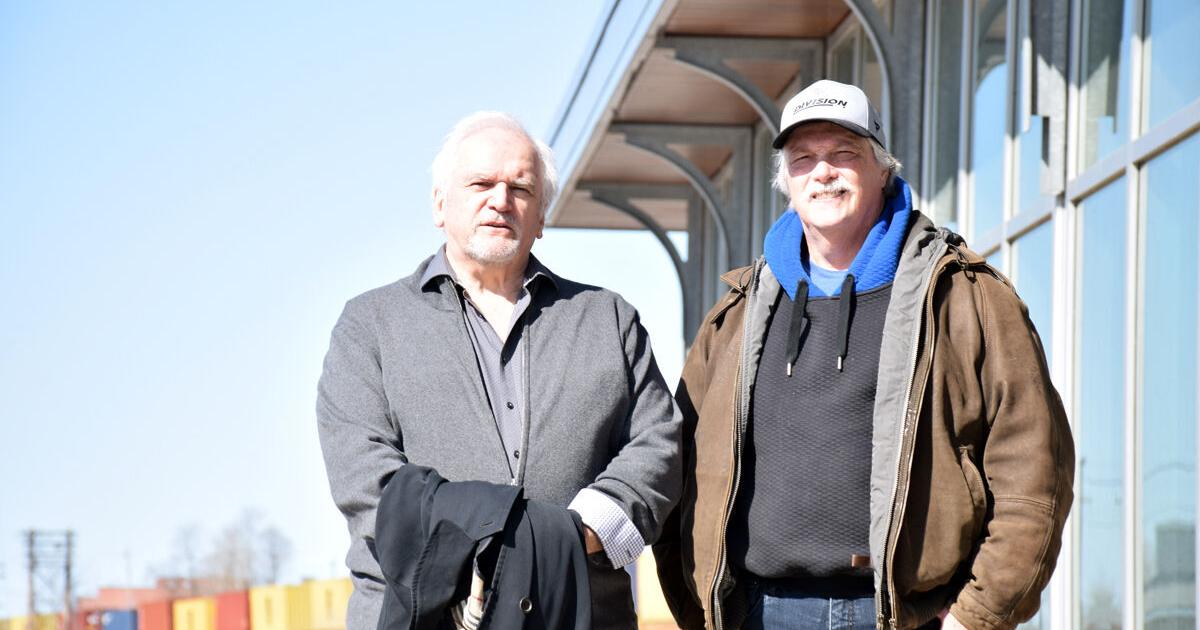From what I have read, the ALC-42E will not be electric (like the ACS-64), but will be a diesel-electric locomotive, like its sibling the ALC-42. The difference is the ALC-42E will be designed to accept power from the first car in its consist. On most trainsets for use in the North-East corridor, the first coach will have a pantograph to supply this power when catenary is available. When catenary isn't available, they can lower the pantograph and turn on the diesel generator in the locomotive, saving them from having to change locomotives (a process that currently delays trains by up to an hour, presumably because of all the safety checks required). The exception will be trains on the Empire corridor (that don't have catenary), and those trains will have a battery in the first coach instead of a pantograph, allowing them to shut off of the diesel generator in tunnels and quiet zones.
 Image courtesy steamcommunity.com
Image courtesy steamcommunity.com
Interestingly, Amtrak will apparently be replacing all of its recently acquired fully electric
Siemens ACS-64 locomotives (presumably selling them to commuter railroads) to allow for more flexible operations.







